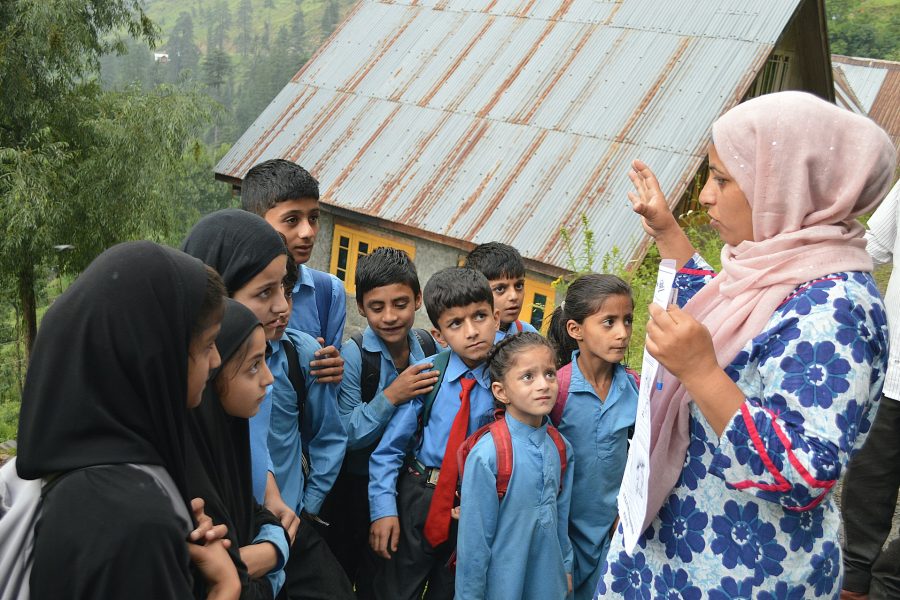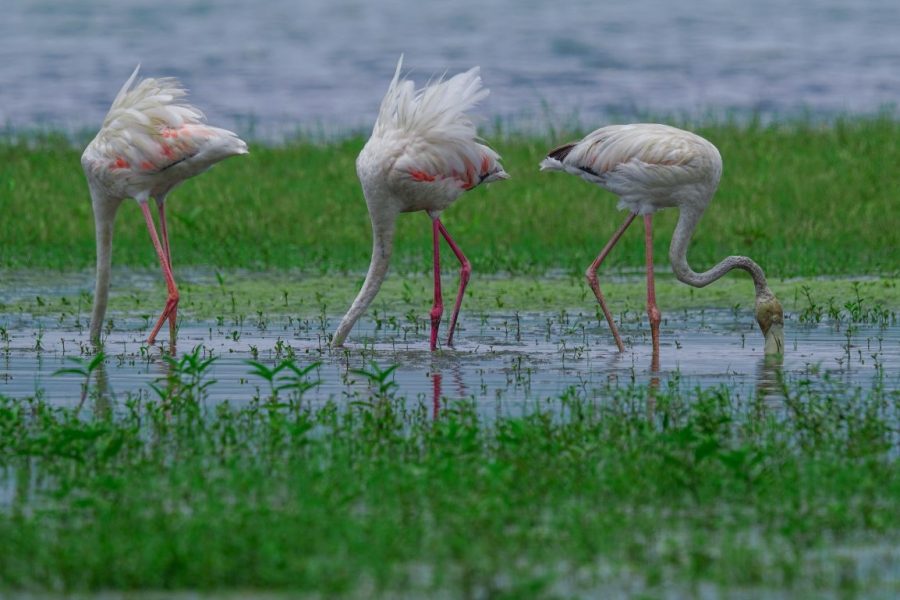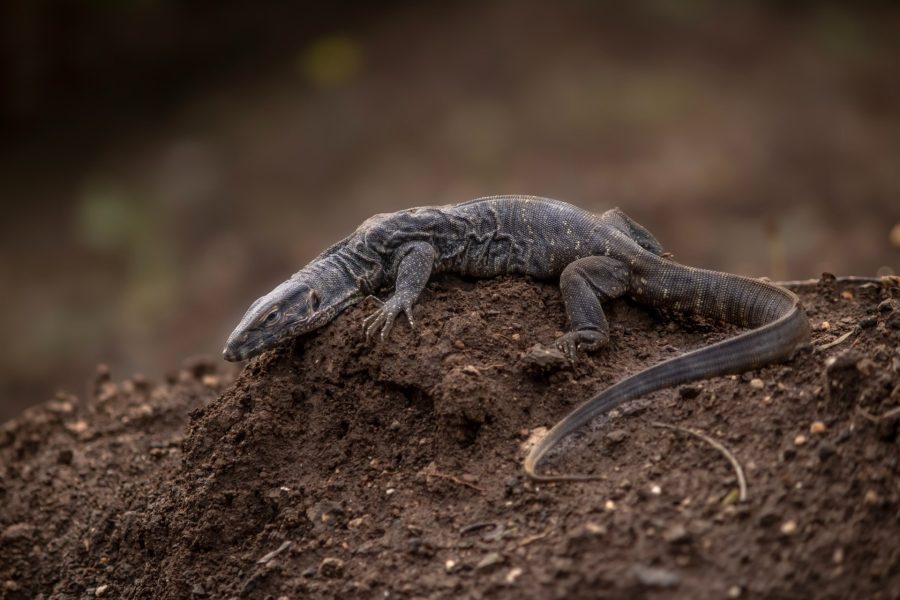 The Madhya Pradesh Forest Department runs a Gharial rearing facility at Deori, Dist. Morena, Madhya Pradesh at the Chambal National Sanctuary. The facility acts as a Gharial conservation and education centre. Every year, after the Gharial nesting season is over, the Gharial eggs are collected from the Chambal Sanctuary and incubated and hatched at the above mentioned centre. The babies are reared in protected circumstances till they attain the health and size necessary for them to survive in the wild and are released back in the natural habitat, generally at sub-adult stage.
The Madhya Pradesh Forest Department runs a Gharial rearing facility at Deori, Dist. Morena, Madhya Pradesh at the Chambal National Sanctuary. The facility acts as a Gharial conservation and education centre. Every year, after the Gharial nesting season is over, the Gharial eggs are collected from the Chambal Sanctuary and incubated and hatched at the above mentioned centre. The babies are reared in protected circumstances till they attain the health and size necessary for them to survive in the wild and are released back in the natural habitat, generally at sub-adult stage.
However, every year the centre faces considerable mortality among fresh Gharial hatchlings, especially during the months of September and October. This year the Forest Dept invited Wildlife SOS vet Dr. Yaduraj to help investigate the cause of mortality and for consultation to find a way to decrease/prevent it in the future. Dr. Yaduraj says “We conducted a systematic post mortem on all hatchlings that had died during the night and the morning after. A total of 8 post mortems were conducted. The samples were collected systematically for further analysis. We found that all the dead hatchlings were suffering from some infection. So next we examined the enclosure, in which the same batch of hatchlings were housed.” He found that in that enclosure a few hatchlings were emaciated and weak while others were healthy. The weak and sick hatchlings were separated by the staff in a separate enclosure. It was suggested that the staff working with them should work only in that enclosure and should avoid entering in any other enclosures. Few instructions were given regarding the sanitation and hygiene such as continuous use of disinfectant foot dips at the entrances of the enclosures to isolate the weak and potentially sick hatchlings. 
Dr. Yaduraj also suggested that blood should be collected from at least 10 ailing and 10 healthy hatchlings from the same batch and analysis should be done for some very important parameters. He also advised for blood to be collected from at least 10 gharials from last year’s batch and the same parameters are to be analyzed. Dr. Yaduraj was himself unable to collect the blood for the same, as Gharials are a Schedule I species and proper permits had to be obtained before any tests could be performed. Thus, a technician from a local lab recommended by Forest Dept. authorities was instructed by Dr. yaduraj on which parameters are to be analyzed for the said tests.
He also prescribed an antibiotic for the ailing hatchlings and instructed the staff as to the proper dilution and schedule for oral administration of the same. Wildlife SOS co founder Kartick Satyanarayan said; “The tissue samples from necropsies have been submitted for histopathology and the results are awaited. The gharial is highly endangered and all attempts must be made to understand this infection†Geeta Seshamani Co founder Wildlife SOS added; “The last incident where a large number of gharials in the wild were wiped out by a chronic disease / infection shows how vulnerable they are to outside infections and its important to research the cause of this mortality among the hatchlings in order to ensure the safety of the captive breeding project.” The last report from the Forest department said that the ailing hatchlings are showing health improvement after the prescribed antibiotic was started and the mortality rate has already come down in general.





